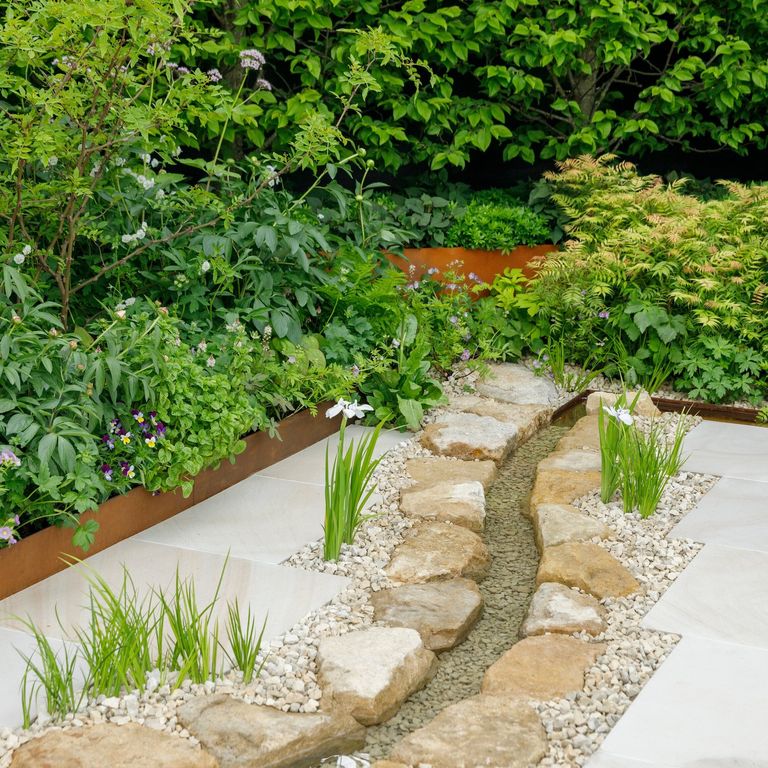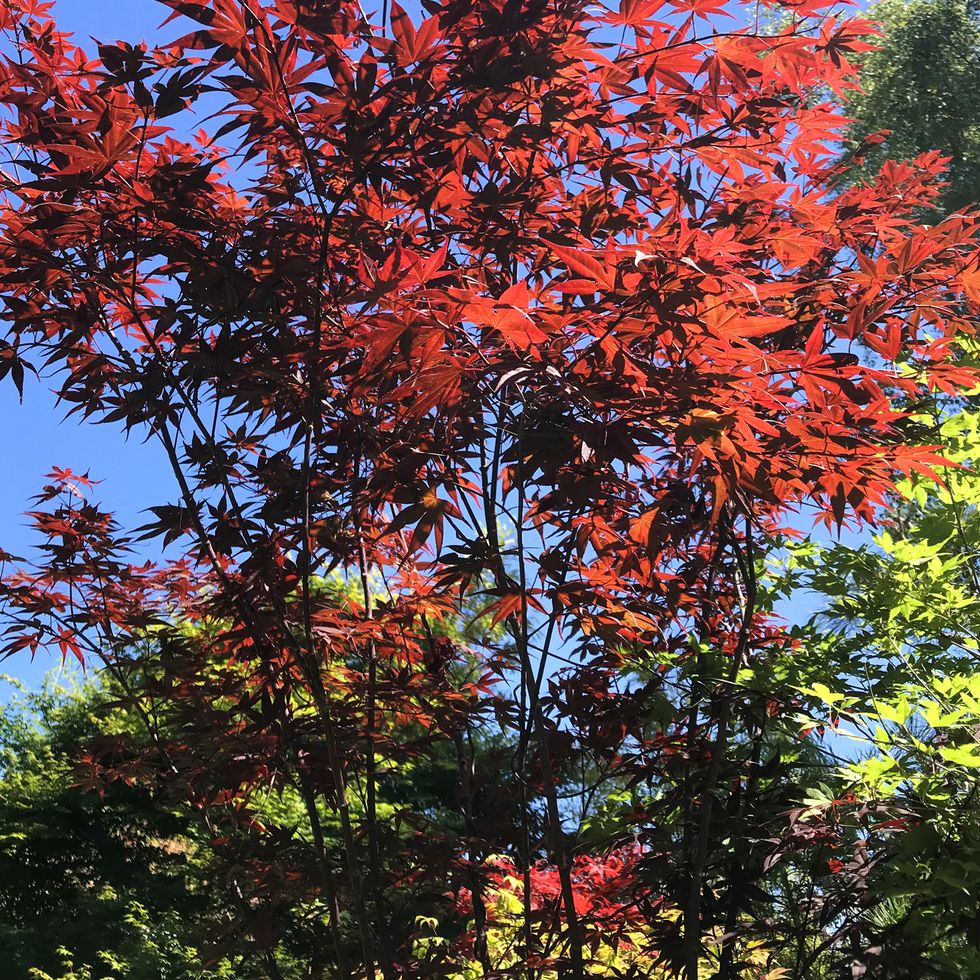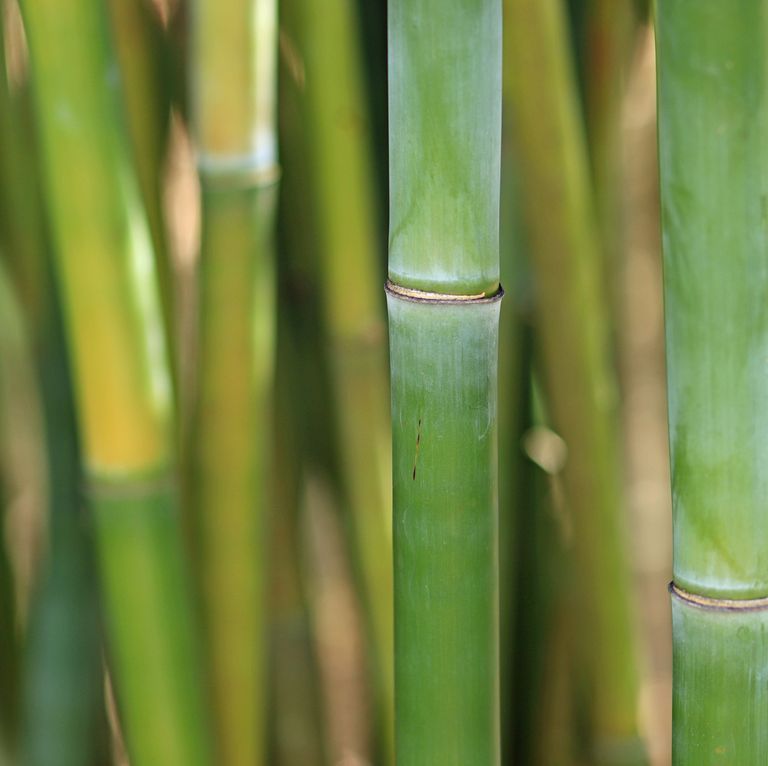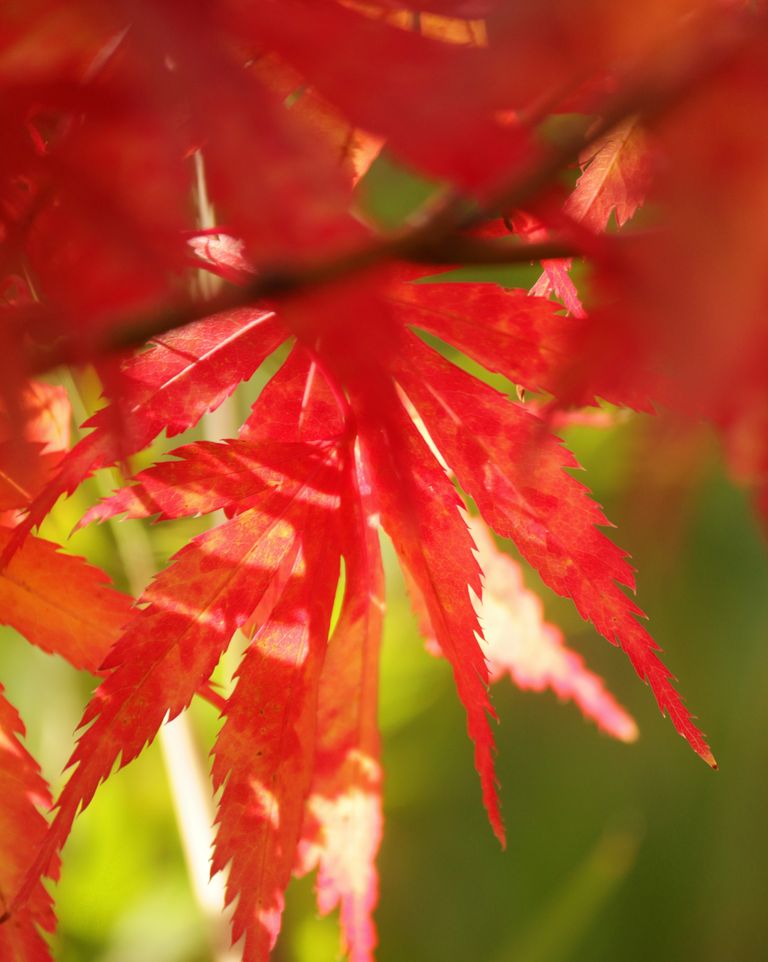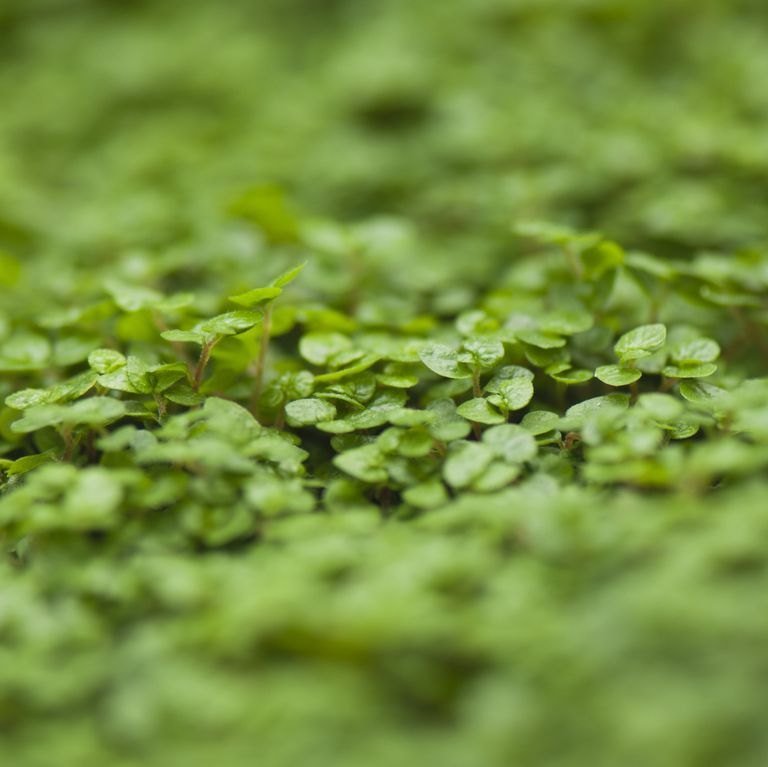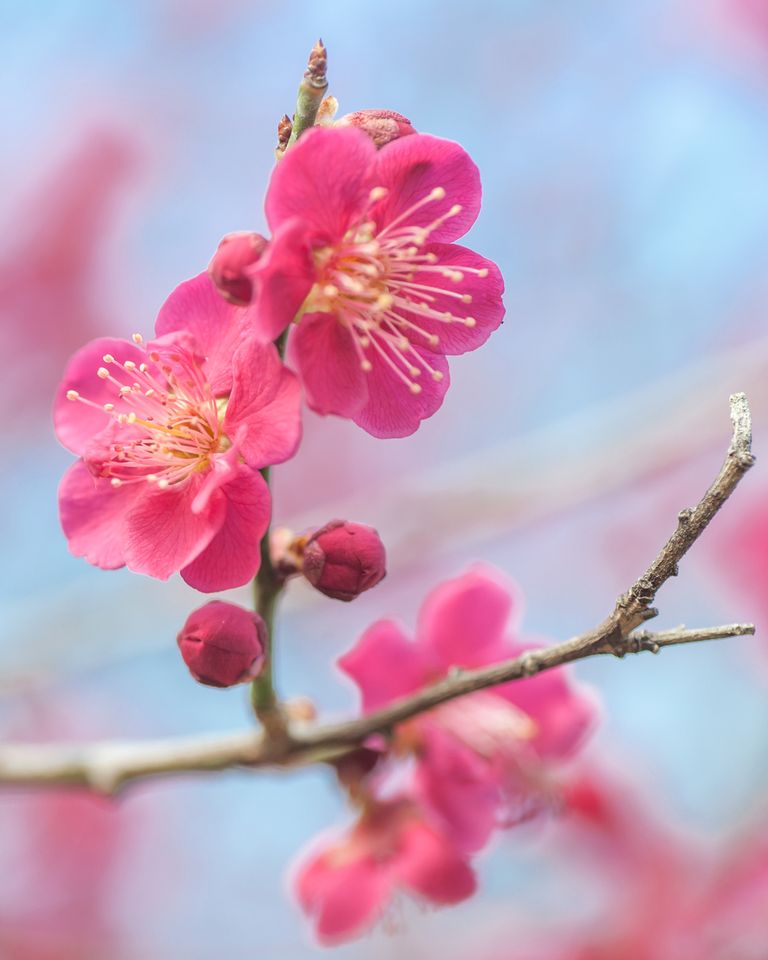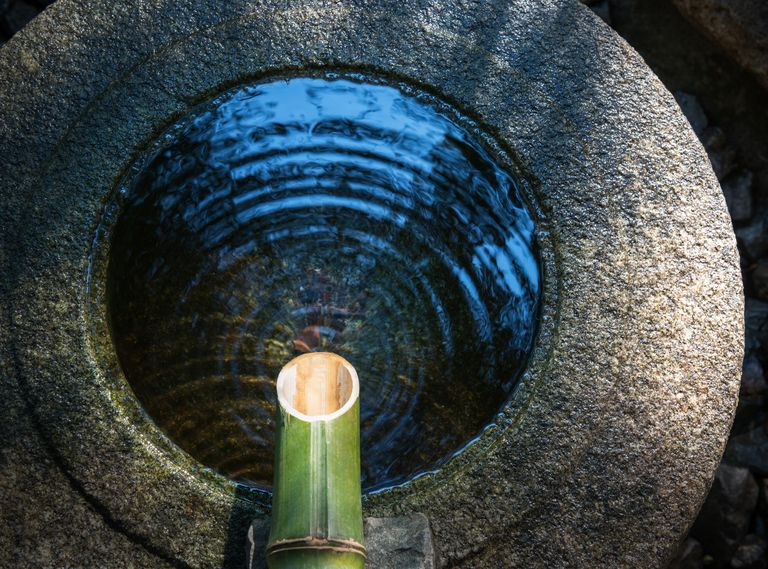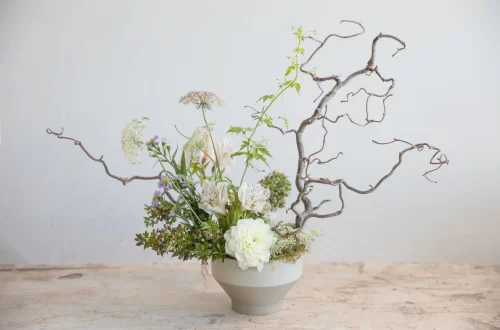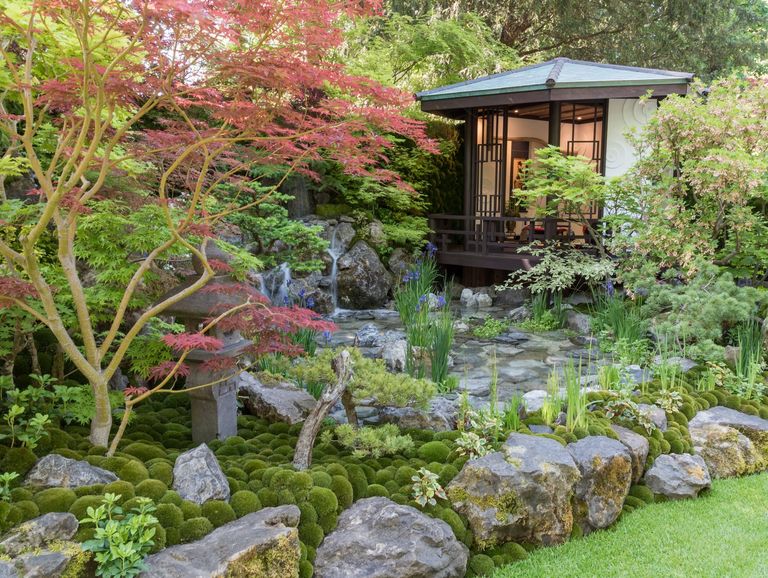
Mastering the Art of the Zen Garden
The British have loved Japanese gardens since 1910, when the Japan-British exhibition brought eight million people to London to thrill at show gardens of miniature Mount Fujis and blazing acer, or maple, trees.
In the subsequent craze for Japanese gardens, the English aristocracy shipped boulders, trees and entire buildings from the Far East to fill their acres with tea houses, ornamental bridges and impeccably raked gravel. More than a hundred years on, Japanese gardens continue to enthrall us and have never felt more contemporary. Often featuring a simple palette of peaceful greens, rocks, gravel and water with meandering paths and secluded spaces to sit quietly, they are places for calm and contemplation, and an escape from the stresses of modern life.
Here are a few easy Japanese garden ideas to help you create your own Zen masterpiece.
Let it breathe
In the West, we tend to pack our gardens with plants in every corner, but Japanese gardens see the beauty in restraint. Less is most definitely more. For an easy Japanese garden idea, planting a single potted maple ‘Sango-kaku‘ in full autumn finery, underplanted by Japanese forest grass or placed in an area of gravel makes all the impact you’ll need. Allow space around specimen shrubs and trees to show off their natural form.
Clip top
A backdrop of evergreens creates a calm atmosphere year-round. Skimmia, hebes, Japanese holly (Ilex crenata), yew and Pittosporum tenuifolium ‘Golf Ball’ are all ideal candidates and can be clipped neatly to create strong shapes. Niwaki hand tools are so beautiful that you’ll be searching for something to clip the minute you unwrap them. Cloud-pruned trees, show poodles in tree form, are showstoppers that take many years to train and are expensive as a result. Dwarf pine trees (Pinus sylvestris ‘Watereri‘ and Pinus mugo) are much cheaper and can be highly sculptural if you lift the canopy by pruning off the bottom branches.
All the greens
Bamboo creates instant atmosphere against a fence, and yellow-and black-stemmed varieties (Phyllostachys aurea and nigra) won’t spread madly either. As for ground cover greens to plant under trees or shrubs, try the waving emerald Japanese forest grass or, for amore formal look, Pachysandra terminalis.
For instant impact, planting hostas and ferns are great Japanese garden ideas for your own outdoor space. Hostas look lush if you can keep the slugs off them, and ferns, with their elegant unfurling fronds, are a must. The hard fern (Blechnum spicant), common polypody (Polypodium vulgare) and stunning silvery Japanese painted fern (Athyrium niponicum) will strike the right note.
Flashes of colour
Flowers, when they do feature in Japanese gardens, are often transient and all the more beautiful for it, with bursts of bold colors set against the backdrop of verdant greens. Don’t overdo it though, just one or two flowering shrubs will do the job. It may be a cherry tree in blossom or an azalea, camellia or rhododendron (go for compact Rhododendron yakushimanum for smaller gardens) in bloom.
In autumn, when the Japanese maple leaves turn, expect foliage fireworks from red to orange and butter yellow. Particularly beautiful varieties include Acer palmatum ‘Bloodgood‘ and ‘Sango-kaku‘, which adds bright red stems to its repertoire of fiery autumn leaves, so it looks stunning even when the branches are bare.
Make the most of moss
Japanese gardens celebrate moss and the soft, aged quality it brings. If you see moss growing on the risers of garden steps, in walls or the cracks in paving, leave it to do its thing. When planting in large pots, place cushion bun moss on the surface of the compost to make a beautiful understory to acer trees. On a larger scale, ground cover plant, mind-your-own-business, will quickly soften the edges of paving stones to create a more natural look.
Screen in style
Bamboo and reed screening, available from most garden centers, will set the tone and are easy to roll out and attach to your existing fence with cable ties or wire. For a more permanent solution, if budget allows, blackened timber fencing, the modern application of the ancient Japanese art of Shou Sugi Ban, makes a dramatic backdrop.
Water all around
A Japanese-style garden will almost always contain water, whether it’s a still pond filled with koi carp and water lilies or a small trickling fountain. If you have limited space, a stone trough left to develop lichen and moss, or a simple rusted metal water bowl may be all the water you need. If you want to turn it into a simple water feature, place a pump inside (available from any garden center) so the water can trickle down into the trough.
Be bold with boulders
Japanese gardens commonly include large stones often draped with moss or placed in raked gravel. In the Zen Buddhist tradition, in which gardens represent the natural world in a highly stylized way, large stones represent mountains and gravel the sea. Pale grey gravel in secluded seating areas and irregular shaped stepping stones on paths set a Japanese tone to the hard landscaping.




